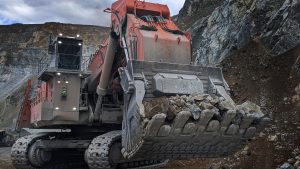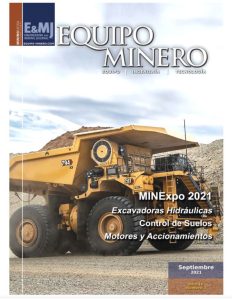
The $2 Trillion Transition: Canada’s Road to Net Zero
RBC Economics and Thought Leadership set out on a year-long research project to map out some of the necessary pathways for Canada to get to Net Zero. That’s the state when we take as much or more carbon dioxide, methane and other greenhouse gases out of the air as we put into it. And we need to get to that state by 2050, or sooner, to avoid the irreversible consequences of climate change.
Read the comprehensive report here


Credit: Engels Trejo, Manager Technical Services, Hudbay Peru
Hudbay Minerals has one of the lowest cost per tonne copper sulphide operations in Peru on its hands at Constancia, but it is intent on continuously improving the mine’s margins and environmental performance through a commitment to continuous improvement. This has recently led it to exploring the potential of sensor-based ore sorting.
Hudbay’s operations at Constancia include the Constancia and Pampacancha pits, an 86,000 t/d ore processing plant, a waste rock facility, a tailings management facility and other ancillary facilities that support the operations.
The company increased reserves at the mine, located in the Cusco department, by 33 Mt at a grade of 0.48% Cu and 0.115 g/t Au last year – an increase of approximately 11% in contained copper and 12% in contained gold over the prior year’s reserves.
With the incorporation of Pampacancha and Constancia North, annual production at Constancia is expected to average approximately 102,000 t of copper and 58,000 oz of gold from 2021 to 2028, an increase of 40% and 367%, respectively, from 2020 levels, which were partially impacted by an eight-week temporary mine interruption related to a government-declared state of emergency.
Constancia now has a 16-year mine life (to 2037) ahead of it, but the company thinks there is a lot more value it can leverage from this long-life asset and it has been looking at incorporating the latest technology to prove this.


Preconcentration technologies can have huge financial and environmental benefits downstream when applied well
Preconcentration technologies are having a moment, as more mining companies are becoming aware of how the technologies can help make their projects more economically feasible.
Miners are seeking to lower the amount of mine waste generated by drilling and extracting, which would help decrease drilling and ore transport costs.
Preconcentration can help with these objectives, experts tell Mining Magazine.

